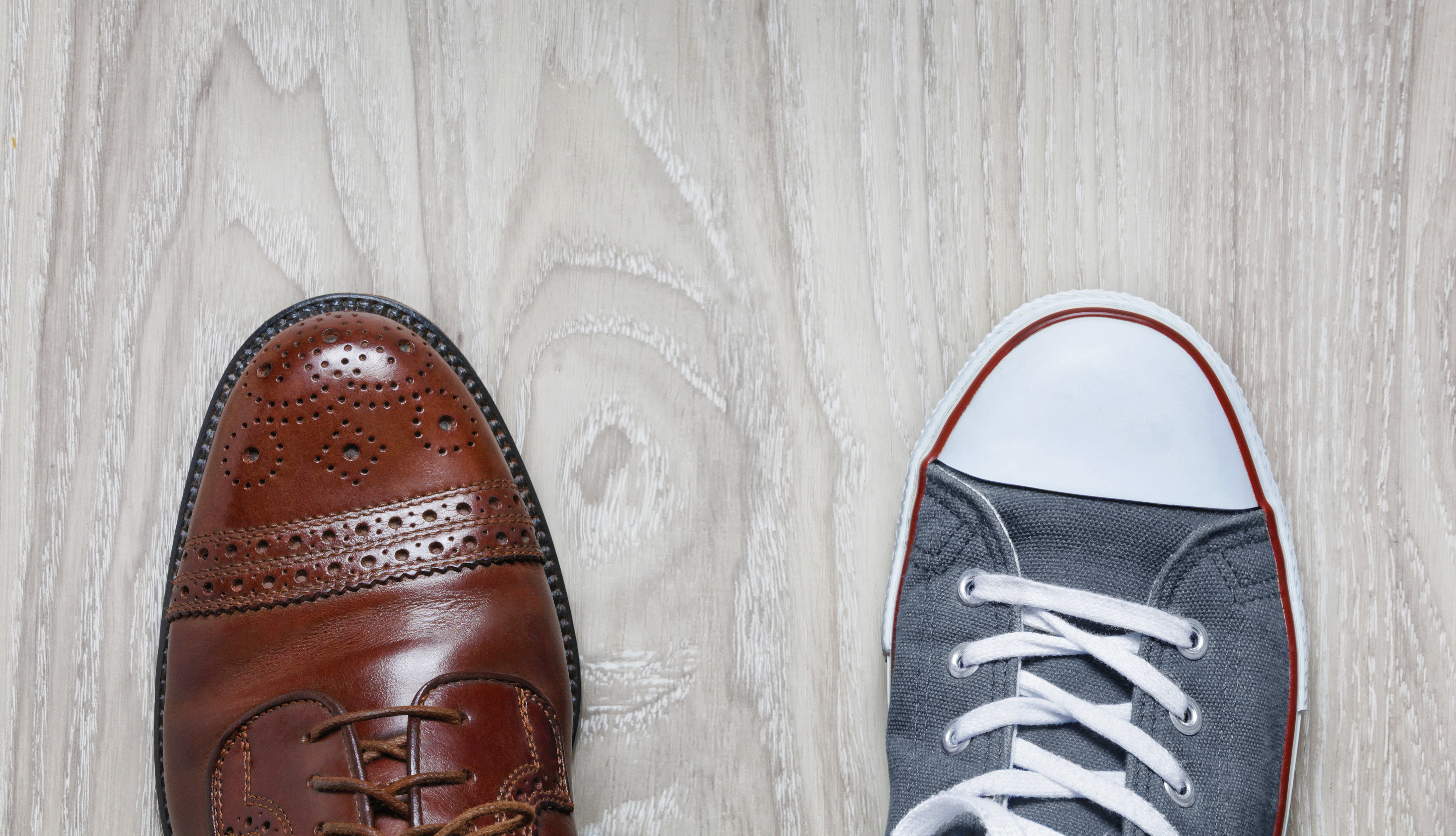![]()
I remember the first few years I ended up with use-or-lose annual leave in December. Unsurprisingly, those years were a blur of glazed computer-screen eyes, a constant low-grade fever of guilt about not spending enough time with family and friends, and long days that ended with a craving for a numbing agent like TV, ice cream sandwiches, red wine, or all of the above. I complained to my husband about losing my spark, and that all my days felt the same. That’s because they were.
Even though I felt a sense of swagger about having finally joined the esteemed ranks of use-or-losers (“I am too busy and too indispensable to take annual leave!”), it came at a great cost.
Burnout is widespread. Findings from the Families and Work Institute’s 2008 State of Health of the American Workforce study showed that overall health is declining among the American workforce for all income levels, and that one-third of the workforce shows signs of clinical depression. “Employees are experiencing a ‘time famine’ that seriously undermines health and well-being in addition to compromising positive work outcomes. The majority of employees feel they do not have enough time for the important aspects of their personal lives.”
What can we do?
Take advantage of flex-time, telework, or wellness programs. Even where work-life balance programs are offered, like flex-time or wellness plans that encourage time for exercise, they aren’t always used. This is known as the “flexibility stigma,” and it plagues both men and women. Women who request family leave or flexible schedules have faced negative perceptions of their competence or status, regardless of their productivity level. Men often strongly identify with a “work devotion” ethic that equates their status with career, not with a home life or family.
I cherish the wellness program offered at my office, which allows me to claim up to three hours per week on my timesheet for exercise. The return-on-investment of this time is enormous, allowing me to clear mental cobwebs, dislodge ideas that get “stuck” when I am deskbound, recharge my metabolism, and stay healthier in general. Despite the obvious benefits, more than one colleague has told me they don’t take advantage of this program for fear of the raised eye-brows they’ll get from others.
Foster a “real performance” culture rather than a “butts in seats” culture. Recognize people for their accomplishments, not whether they turn up and spend extra hours at their desk. An increasing number of workers in America report feeling overwhelmed, angry at their bosses for expecting so much, resentful of other they perceive as slacking off, and being so exhausted they were more prone to making mistakes and doing lower-quality work. Conversely, in situations where employees are freed from the “time cage” of the traditional workplace model and feel supported in having the flexibility to balance their responsibilities, they turn around and do their all-out best work.
This is not an argument for cheating on your timesheet. It is simply a plea that we stop trying to overperform or compete with each other, driving work hours up at the expense of efficiency, creativity, and productivity.
Senior leaders, watch your example. Supervisors who work long days, show up at every meeting, and never take days off or telework are not modeling work-life balance. Yes, they do have more responsibilities and maybe they actually enjoy working hard. But they should not expect this of everyone else. If they set an example of overworking, they may even have trouble retaining younger workers who want to have more freedom over when and how they get their work done. On the flip side, the role of a supportive supervisor in encouraging flexibility and work-life policies goes a long way to bringing these practices into acceptance and seeing the positive results spread.
Reject the use-or-lose badge of honor. For some reason, not taking full advantage of vacation time has become a thing: 55 percent of American workers don’t take all their paid vacation. Maybe even worse than this (and something I have been guilty of) is that 61 percent of us work while on vacation.
As I already admitted, I succumbed to self-righteousness when I had use-or-lose annual leave. But what it showed me was that there is a negative correlation between how much leave I have stored up and my quality of life. I felt happier in the days when my leave balance hovered around zero—back when my husband and I used to take 2-week vacations in the Utah desert, when I regularly took the entire week of spring break off to go camping and birding with my son, and when I cut back my schedule in summer to be home with him.
Work-life balance is not simply a feel-good morale issue. It fosters productivity and allows us to maximize the tradeoff between time spent and work accomplished. Burnout and fatigue cost an organization efficiency, engagement, and innovation — with effects that spill over onto our families, friends, and communities.
If I can follow my own advice, I may not even need as many ice cream sandwiches.
Rachel White is part of the GovLoop Featured Blogger program, where we feature blog posts by government voices from all across the country (and world!). To see more Featured Blogger posts, click here.





Excellent points. Thank you! I needed to read this today. 🙂
Thanks, Kathleen! I don’t know if you get President’s Day off? But enjoy your weekend (whether 2 or 3 days). 🙂